Will Plans for Boston’s Long Island Erase Its Indigenous Past?
Native American communities worry construction could destroy graves and other links to a millennia-old history, including a 17th-century genocide.
Today, Boston Harbor’s Long Island is a quiet place, visited mostly by seabirds. The skinny, low-lying island is home to a picturesque church, the ruins of a Cold War-era Nike missile launch site, and a cluster of vacant brick buildings once used as a municipal homeless shelter. The island’s southwestern tip points to neighboring Moon Island; in the strait separating them rise more than a dozen concrete pillars. The massive, crumbling structures are all that remains of a bridge, condemned in 2014 and demolished soon after, that once linked the two islets, and connected Long Island to the mainland by road.
The pillars of the old Long Island Viaduct, an eyesore to some, have become a symbol to others. Politicians see a rebuilt viaduct as a bridge to the future; in 2018, then-mayor Marty Walsh announced plans to repurpose the island’s homeless shelter as an addiction treatment and recovery center. But for others, the haunting ruins of the viaduct form a bridge to the past, and a tragic history in danger of being forgotten.
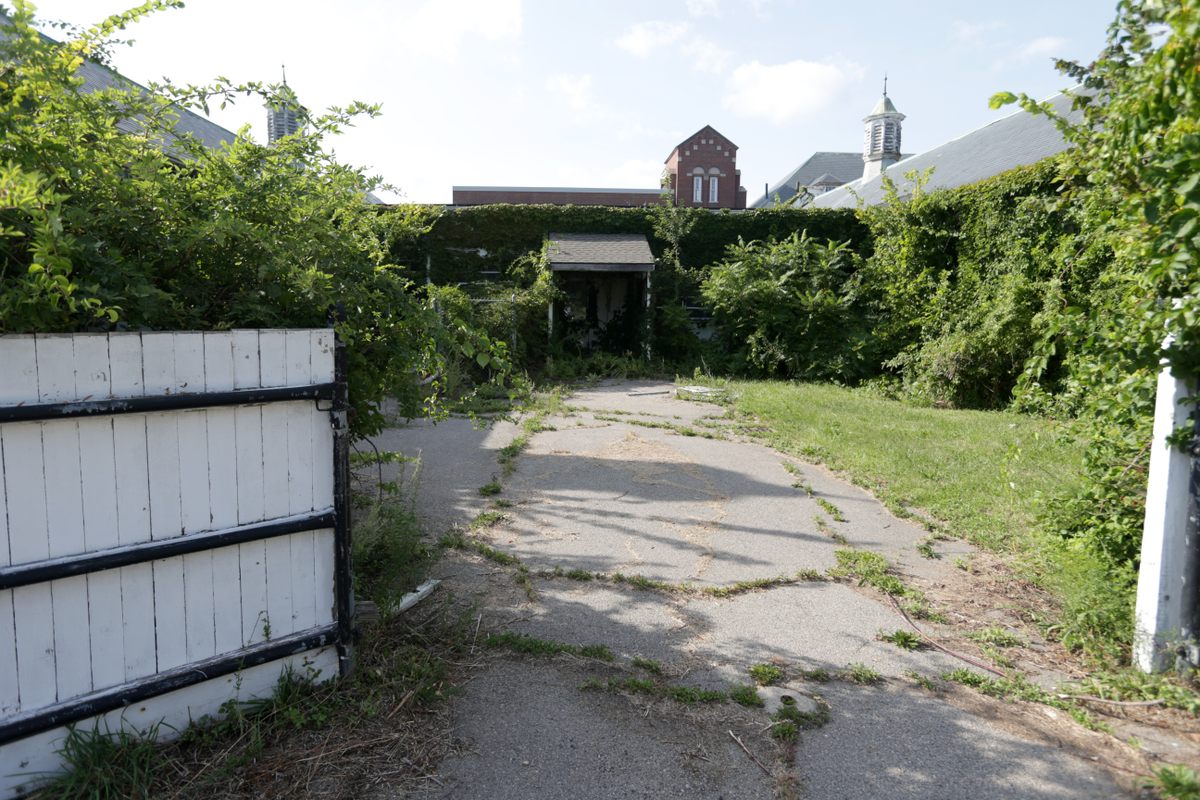
Kenneth White, chairman of the Chaubunagungamaug Nipmuck tribe, which has lived in the region for thousands of years, says Long Island has painful memories for his people and other Indigenous communities in the area. In October 1675, European colonists imprisoned hundreds of Native Americans on Long Island and its neighbor, Deer Island. Many of the people forcibly held there died during the harsh New England winter that followed.
“It’s a genocide, that’s all it was,” White says. “A genocide of a human race.” The Chaubunagungamaug Nipmucks want Boston to survey Long Island for potential graves of their ancestors before rebuilding the bridge or starting any new construction. The ongoing battle to recognize a painful past is just the latest chapter in Long Island’s often-troubled history.
The island itself is only about 3,000 years old. Like other inner harbor islands, it was created as erosion carved ever-deeper, wider channels into the mainland’s shoreline. Ancestors of the Massachusett tribe had already been living in the area for millennia; for them, the new islands were a boon: The harbor waters could be fished, the shallows and shorelines foraged for clams and seaweed. A wetland area attracted waterfowl that could be hunted, while other areas could be used for farming and collecting wood. Limited surveys during the 1990s identified multiple shell midden sites on Long Island; archaeologists and historians believe the island, like others in the inner harbor, probably served as a gathering place for meetings and religious ceremonies.
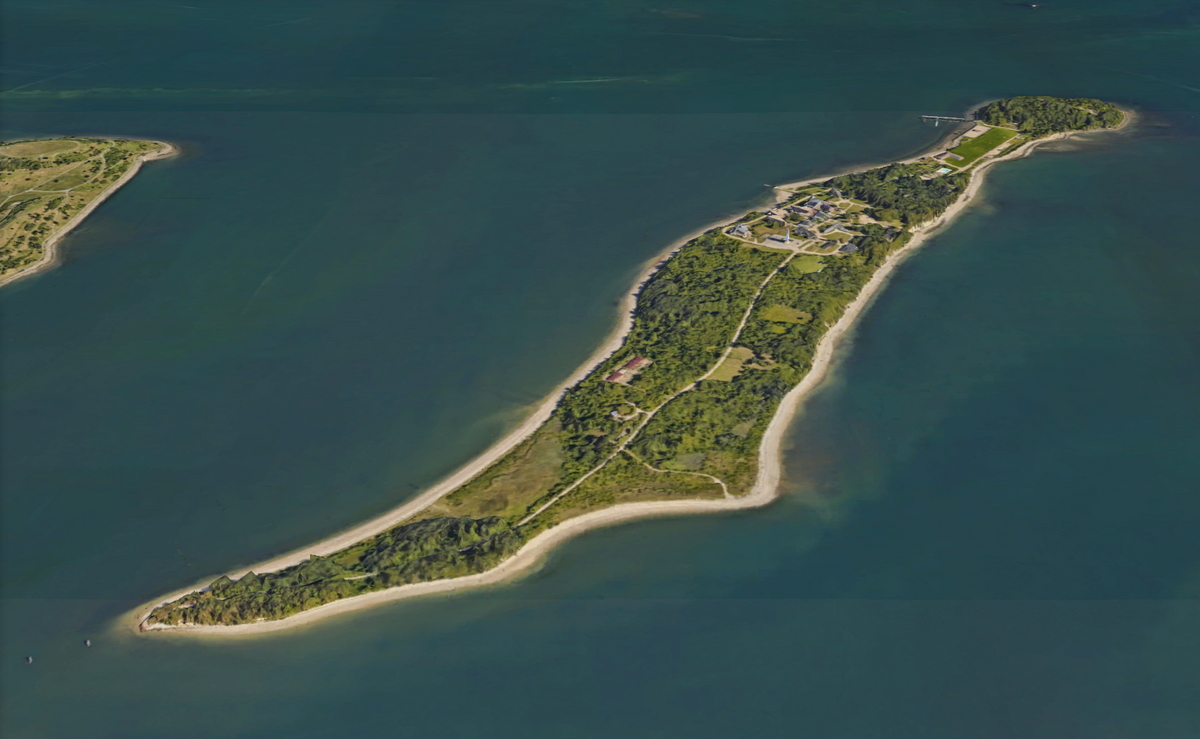
“The harbor islands would have been quite right for those kinds of opportunities,” says John Peters, a member of the Mashpee Wampanoag tribe and the director of the Massachusetts Commission on Indian Affairs. Despite the likely presence of precolonial sites, in addition to graves of the victims of the exile that began in 1675, Long Island has remained largely unsurveyed.
In the decades leading up to 1675, European arrivals claimed the inner harbor islands for themselves and prohibited Native Americans from accessing the land or its resources. “We always feel that nobody owns the land; it was given to us by the creator,” White says. “During the European invasion, all that was taken away.”
Deprived of many foodways and raw materials for shelter and other necessities, the local Native American population also faced an onslaught of diseases introduced by the Europeans, including smallpox and yellow fever. “They’re dying so rapidly they don’t have time to bury their dead,” says Cedric Woods, the director of the Institute for New England Native American Studies at University of Massachusetts Boston. Many tribes lost up to 90 percent of their members.
In June 1675, after years of rising tensions, the bloody conflict between Native Americans and colonists known as King Philip’s War, or Metacom’s Rebellion, erupted; the violence would engulf much of New England over the following three years. A few months after its start, colonists exiled hundreds of Native Americans to Long and Deer Islands, where White believes some of his own ancestors may have died. And yet, the island exile was preferable to other options under consideration, says historian Woods. He credits a preacher named John Eliot for steering his fellow colonists away from outright murdering the captive Native Americans, or selling them into slavery.
How many Native Americans were forcibly moved to the islands, and their tribal affiliations, is unknown. Gary McCann, a policy consultant for the Nipmuck tribe, says that historical records suggest hundreds of members of the Massachusett and Nipmuck tribes were imprisoned there; additional individuals from other tribes also may have been held captive. Conditions on the islands were grim: The waters were patrolled by guards and food was limited to wild plants and the occasional egg. While exact numbers are not available, according to some sources, half of the people sent there died over a roughly three-year period.
Peters remembers hearing stories during his childhood in the 1970s: Tribal elders would speak of the atrocities their ancestors experienced on the islands centuries earlier. “They’re still struggling,” Peters says. “Four hundred years is a very short period of time.”
The 1670s marked the first time people were forcibly held on Long Island—but not the last. Nearly 200 years later, during the Civil War, the Union used the island as a training site for conscripts because it was difficult for unwilling soldiers to escape—at least two drowned attempting to do so.

Other chapters in the island’s history include the Long Island Almshouse for the homeless and a hospital that housed tuberculosis patients. Early in the 21st century, Long Island gained a new notoriety when it inspired the setting for Dennis Lehane’s thriller Shutter Island.
As the city considers the next chapter for Long Island as a treatment center, the Chaubunagungamaug Nipmuck tribe is fighting for an environmental assessment of the island, which could reveal graves from the 1670s. In an email, Boston Public Works spokesman Chris Coakley wrote that the city is “committed to working with tribal organizations,” but that plans to rebuild the viaduct will not affect any burial sites that may be present. The tribe thinks the city needs more information to make that assessment, and to ensure ancestors who died on the island are recognized and honored. “They’re human beings,” says White. “The people buried there had names.”


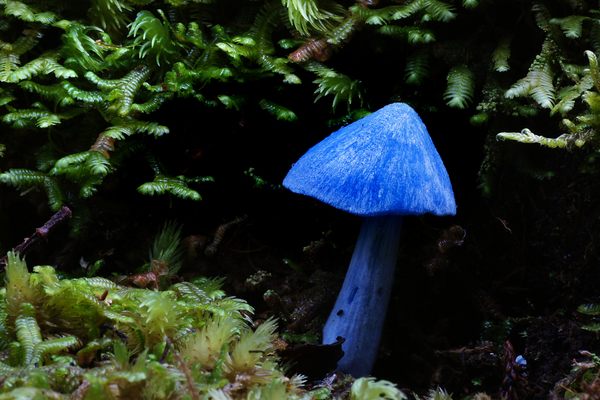

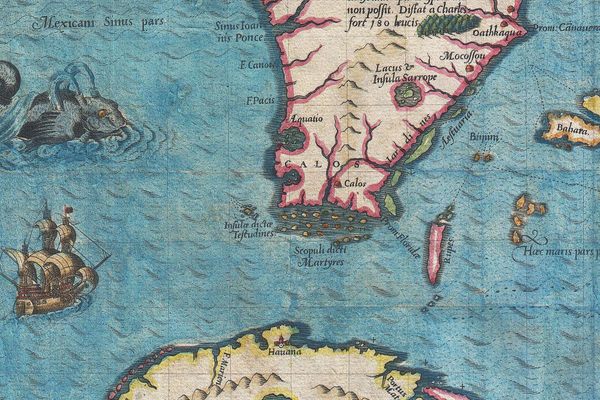
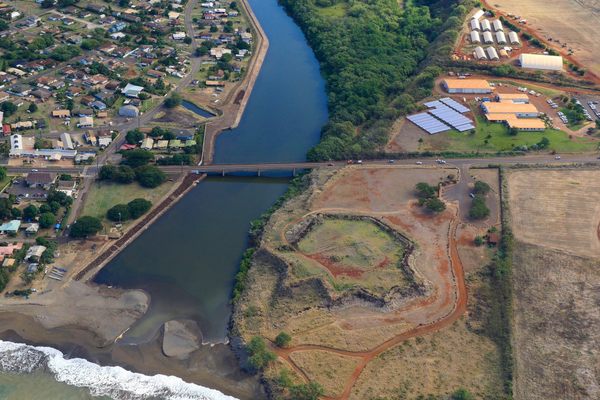


















Follow us on Twitter to get the latest on the world's hidden wonders.
Like us on Facebook to get the latest on the world's hidden wonders.
Follow us on Twitter Like us on Facebook